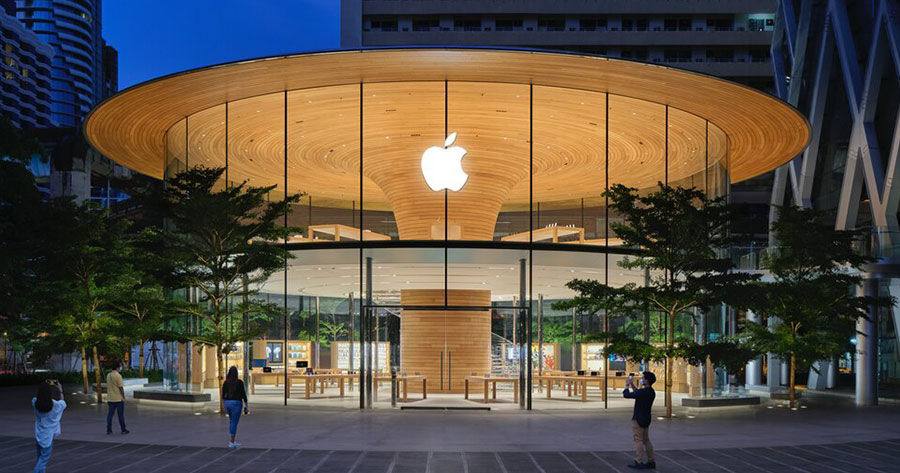The share price of Apple dropped 1.82% to $221.27 in after-hour trading of Thursday session as the company reported its fiscal quarterly earnings that drew some concerns over its product sales and performance in Chinese markets.
Apple’s fiscal fourth-quarter earnings exceeded Wall Street expectations for revenue and earnings per share, although its income and revenue from some of its product lines fell short.
On October 31, Apple released its financial report for the fiscal quarter ending Sep 2024. The table below compares the company’s actual earnings to estimates by the London Stock Exchange Group (LSEG).
| Metric | Actual | Estimation |
| Earnings per share | $1.64 | $1.60 |
| Revenue | $94.93 billion | $94.58 billion |
| iPhone Revenue | $46.22 billion | $45.47 billion |
| Mac Revenue | $7.74 billion | $7.82 billion |
| iPad Revenue | $6.95 billion | $7.09 billion |
| Other Products Revenue | $9.04 billion | $9.21 billion |
| Services Revenue | $24.97 billion | $25.28 billion |
| Gross Margin | 46.2% | 46.0% |
As stated, Apple’s earnings per share and overall revenue surpassed LSEG’s estimates. However, with the exception of the iPhone, revenue from all major product lines came below expectations. The iPhone’s outperformance may partly stem from the recent launch of the iPhone 16, while the current iPhone 15 model showed stronger performance than its predecessors.
CEO Tim Cook also noted the robust adoption of Apple Intelligence, the company’s new AI system for iPhones and Macs. Within just three days, iOS 18.1 — which includes the AI system — was adopted at twice the rate of last year’s iOS 17.1.
As for the underperformance in other products, the release of the iPad Pro and Air models in May led to an 8% rise in iPad revenue to $6.95 billion. Back-to-school sales and a MacBook Air update helped push Mac revenue up by 2% to $7.74 billion. Meanwhile, the release of new Apple Watch and AirPods models contributed to other products’ revenue of $9.04 billion.
Despite revenue and earnings per share growth, Apple’s net income dropped to $14.73 billion, or 97 cents per share, compared to $22.96 billion, or $1.47 per share, in the same period last year. This decline is largely attributed to a one-time $10.2 billion income tax charge to resolve a long-standing case from 2016 regarding the company’s tax management in Ireland.
Apple’s Q4 report also highlighted challenges in its China market, its third-largest region. Facing increased competition from local manufacturers like Huawei, Apple’s revenue in China, Taiwan, and Hong Kong slipped slightly year-over-year to $15.03 billion and also slightly lower than an estimate of $15.8 billion.



